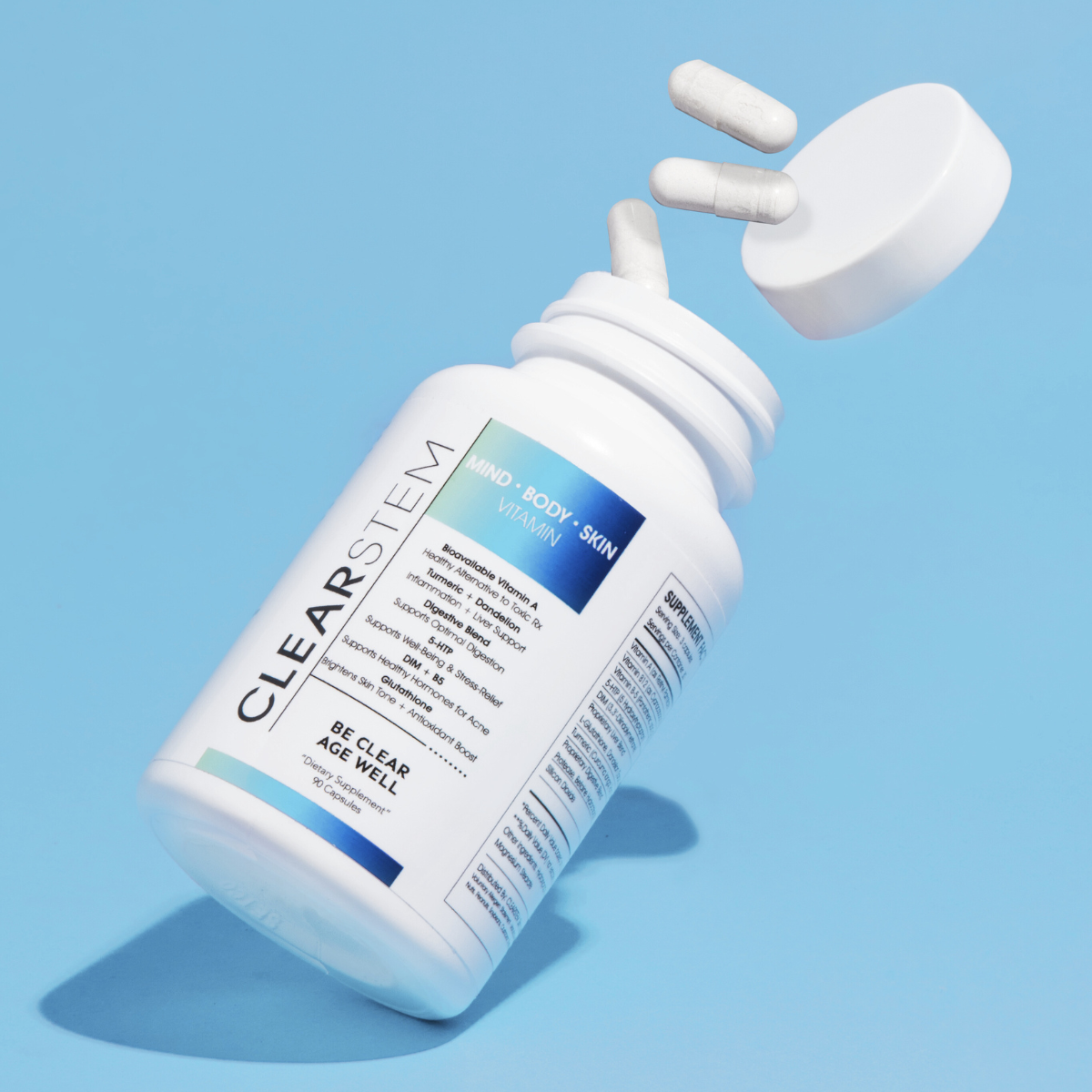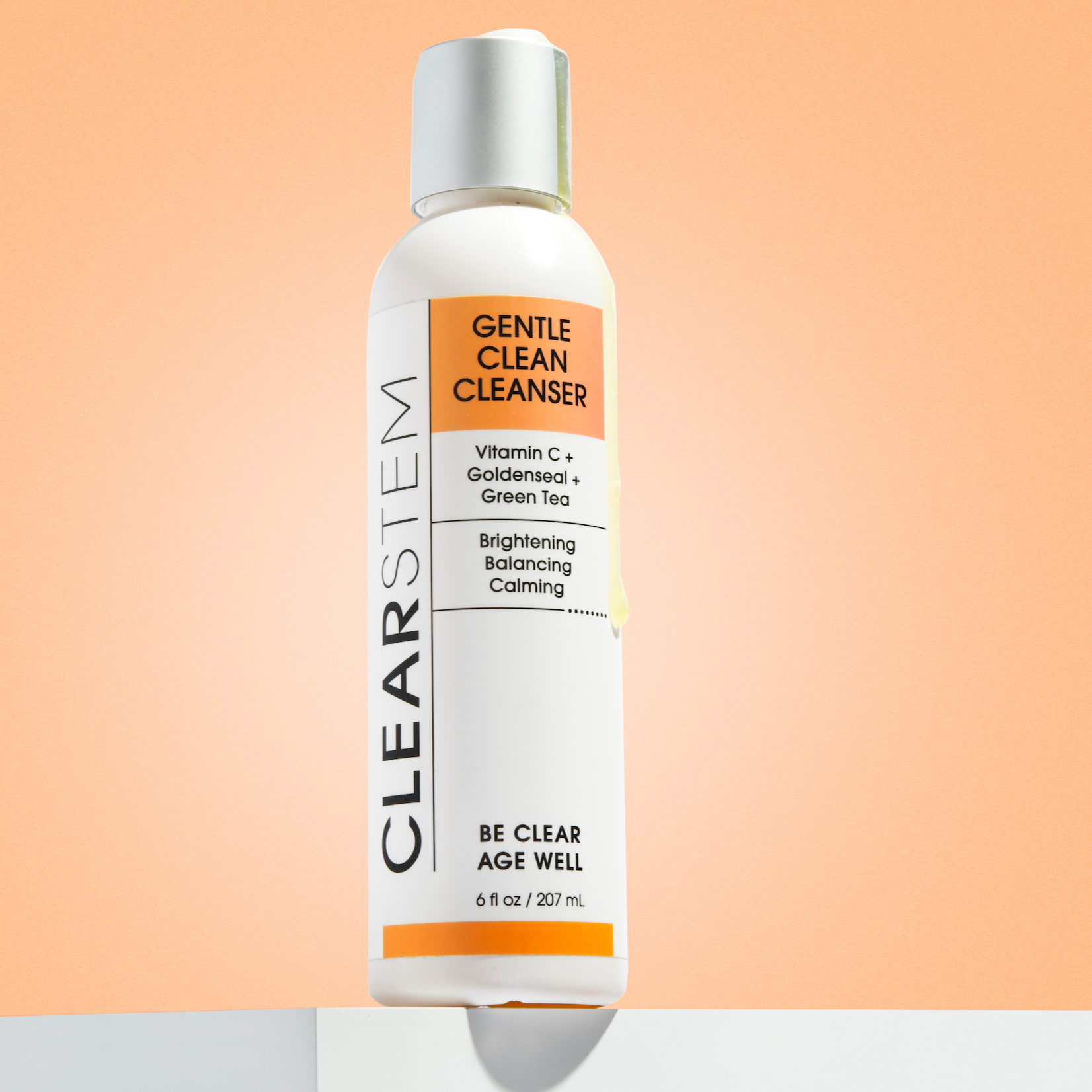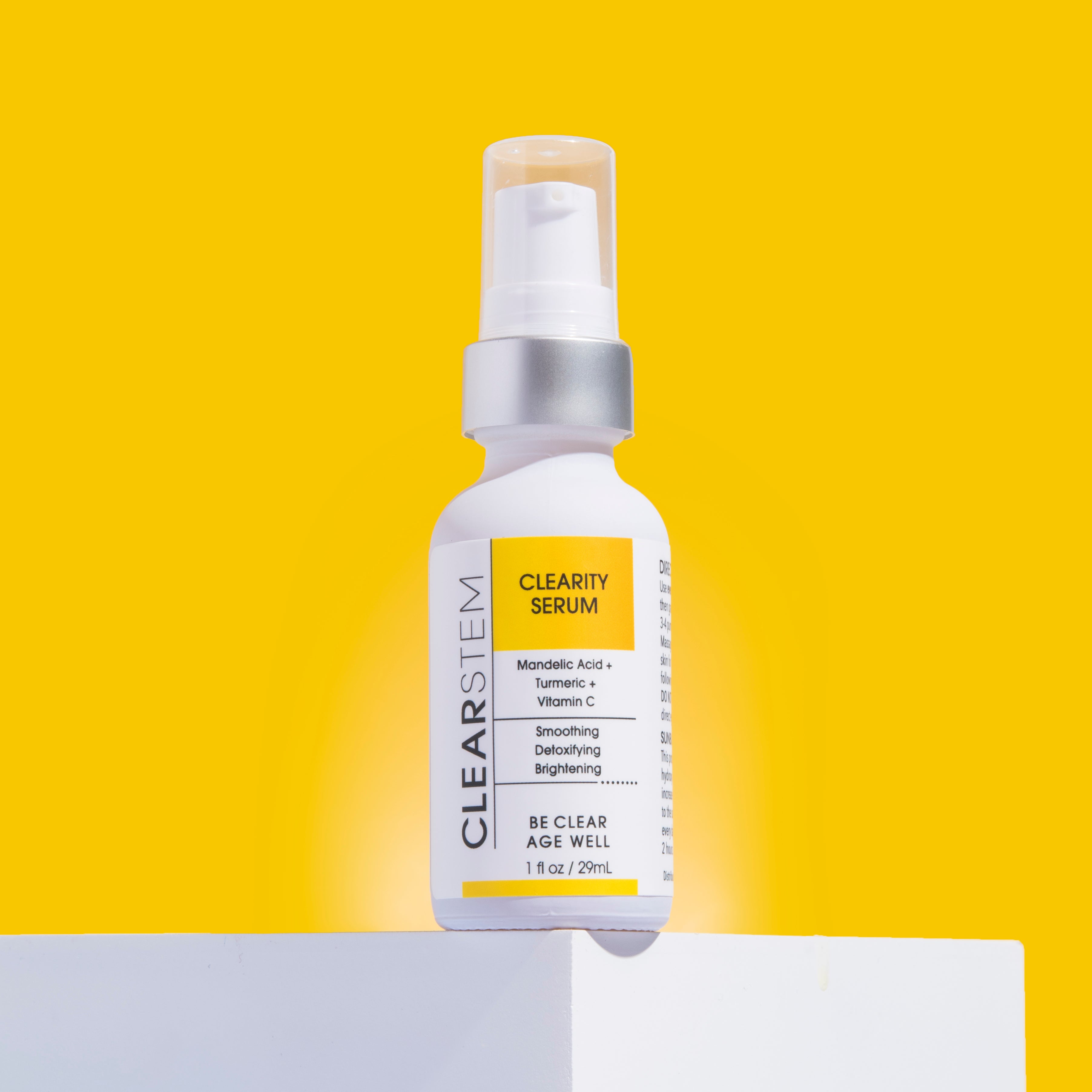If you’ve developed gray or brown spots on the skin of your face, especially around the forehead, cheeks, and nose, you may be dealing with melasma. Melasma patches can happen to anyone, but it’s more common in darker skin, and it’s often related to hormonal changes such as pregnancy, hormone replacement therapy, or oral contraceptive use.
Wondering how to treat melasma? Never fear—safe and natural at-home treatments can fade discoloration and dark spots without harsh cosmetic procedures.
This comprehensive guide will explore ingredients and lifestyle changes that support skin health and encourage bright skin tone. Read on for all the tips you need to learn how to handle melasma pigmentation the natural way.
What is Melasma?
Melasma is a harmless skin condition that causes skin discoloration and dark spots. It’s usually found on the areas of the face that get the most sun exposure, including:
- Bridge of the nose
- Upper lip
- Cheeks
- Chin
- Forehead
If you have melasma, you’re not alone—it’s widespread in certain groups, such as individuals with a darker skin tone and pregnant people. As many as 50% of people experience melasma during pregnancy.
Melasma occurs when the pigment-producing cells in the skin, called melanocytes, begin to produce too much pigment. This pigment is called melanin, the substance that gives skin its color. What causes these cells to become overactive isn’t fully understood, but certain triggers of this skin condition have been identified.
Causes & Triggers
While the exact causes behind melasma are unknown, researchers believe it’s related to a combination of genetics, hormonal changes, sun damage, and other environmental factors.
The most common risk factors include:
- Gender – Melasma is more common in women than men.
- Skin tone – Those with a darker skin tone are more likely to develop melasma than those with lighter skin tones.
- Hormonal changes – Pregnancy, oral contraceptives, and hormone replacement therapy are all associated with the development of melasma.
- Sun exposure – Although several factors contribute to melasma, UV damage is generally the trigger that causes it to appear. And unlike other forms of sun damage, such as sunburns, freckles, or tanning, melasma patches may not fade without a treatment plan.
- Genetics – 50% of people with melasma have a family history of the condition. It’s likely that genetic traits make some individuals more likely to develop hyperpigmentation or melasma.
Key Ingredients That Can Help Melasma
Fortunately, it’s not always necessary to break out the laser treatment and dermabrasion needles when treating melasma. There are a variety of natural ingredients that can help break down over-pigmented cells and encourage the growth of refreshed, undamaged skin cells.
Some of the most effective ingredients to look for include:
- Vitamin C
- Niacinamide
- Kojic acid
- Bakuchiol
- Mandelic acid
Mandelic acid, bakuchiol, and vitamin C are proven to reduce discoloration caused by melasma. They’re also gentler than prescription treatments, making them less likely to cause inflammation that can lead to other types of hyperpigmentation.
3 Ways to Treat Melasma Naturally
The good news is that melasma can sometimes go away on its own. For example, melasma caused by pregnancy may clear up when your hormones return to their normal balance. But in other cases, melasma can last for years if untreated.
If your skin tone isn’t as even as you’d like and you want to know how to treat melasma on your face naturally, here are some simple strategies that can help.
#1 Holistic Lifestyle Changes
While melasma skin pigmentation has some underlying causes that are out of your control, there are ways you can support overall skin health through your lifestyle:
#2 Sun Protection Strategies
If you’re going to take one step toward healthier skin, make it sun protection. Sun damage contributes to inflammation, loss of firmness and elasticity, uneven skin tone, and of course, melasma. Every day, rain or shine, make these sun-care tips part of your regimen:
- Apply sunscreen – Look for sunscreen that’s SPF 30+ and broad-spectrum to protect against UV rays.
- Wear a hat – Melasma mostly occurs on the face where it’s exposed to the sun. Topping off your look with a wide-brimmed sun hat is one of the easiest and most effective steps you can take to protect your delicate skin.
- Seek shade – Even with your sun hat and sunscreen on, it’s best to stay indoors or in the shade when the sun is at its peak between 10 am and 4 pm.
- No tanning beds – When it comes to exposure to UV rays and melasma pigmentation, tanning beds are no safer than the sun’s rays. Stick to spray tans, or embrace your natural skin tone instead.
#3 Building an Effective Skincare Routine
Of course, your skincare routine is the heart of your melasma treatment plan:
- Use an antioxidant cleanser. Morning and night, apply a gentle cleanser that removes dead skin cells and fights inflammation that can contribute to discoloration. Vitamin C and green tea, for example, are free-radical fighters that can protect the skin from further irritation and damage.
- Use a brightening serum. After cleansing, apply a vitamin C serum like our CLEARITY® serum, which also contains mandelic acid or niacinamide to help calm the skin while supporting collagen repair.
- Apply moisturizer. After serums, use a heavier, non-comedogenic moisturizer to seal the skin and provide added protection. Look for ingredients like bakuchiol and squalane that help replenish the skin barrier.
- Finish with SPF. Never skip this step, even if you don’t expect to be in the sun—fading your melasma depends on preventing further sun damage.
Nourish Your Skin Naturally With CLEARSTEM
While it can be a challenge to treat, melasma doesn’t have to be forever. With the right treatment, good sun protection, and patience, you can restore your complexion to its radiant self. And you don’t have to use harsh chemical treatments to do it.
With CLEARSTEM Skincare, you can treat your skin with the best ingredients every day.
Our full line of acne-fighting, radiance-boosting, anti-aging formulations are designed to nourish your beauty naturally, without harmful ingredients that can build up in your body and lead to further hormone disruption. For real results and ingredients you can trust, think CLEARSTEM.
Sources:
American Academy of Dermatology Association. Melasma: Causes. https://www.aad.org/public/diseases/a-z/melasma-causes
British Journal of Dermatology. Prospective, randomized, double-blind assessment of topical bakuchiol and retinol for facial photoageing. https://pubmed.ncbi.nlm.nih.gov/29947134/
Cosmetic Dermatology. Summary of mandelic acid for the improvement of skin conditions. https://nucelle.com/wp-content/uploads/2019/12/MandelicAcid-Efficacy.pdf
Drugs in Context. Dermatology: How to manage facial hyperpigmentation in skin of color. https://www.ncbi.nlm.nih.gov/pmc/articles/PMC9165630/
Journal of Clinical and Aesthetic Dermatology. Melasma in men. https://www.ncbi.nlm.nih.gov/pmc/articles/PMC5843363/
Journal of Drugs in Dermatology. Topical retinoids for pigmented skin. https://jddonline.com/articles/topical-retinoids-for-pigmented-skin-S1545961611P0483X/
Journal of Oral and Maxillofacial Pathology. The effect of Vitamin C on melanin pigmentation – A systematic review. https://www.ncbi.nlm.nih.gov/pmc/articles/PMC7802860/
StatPearls. Melasma. https://www.ncbi.nlm.nih.gov/books/NBK459271/










